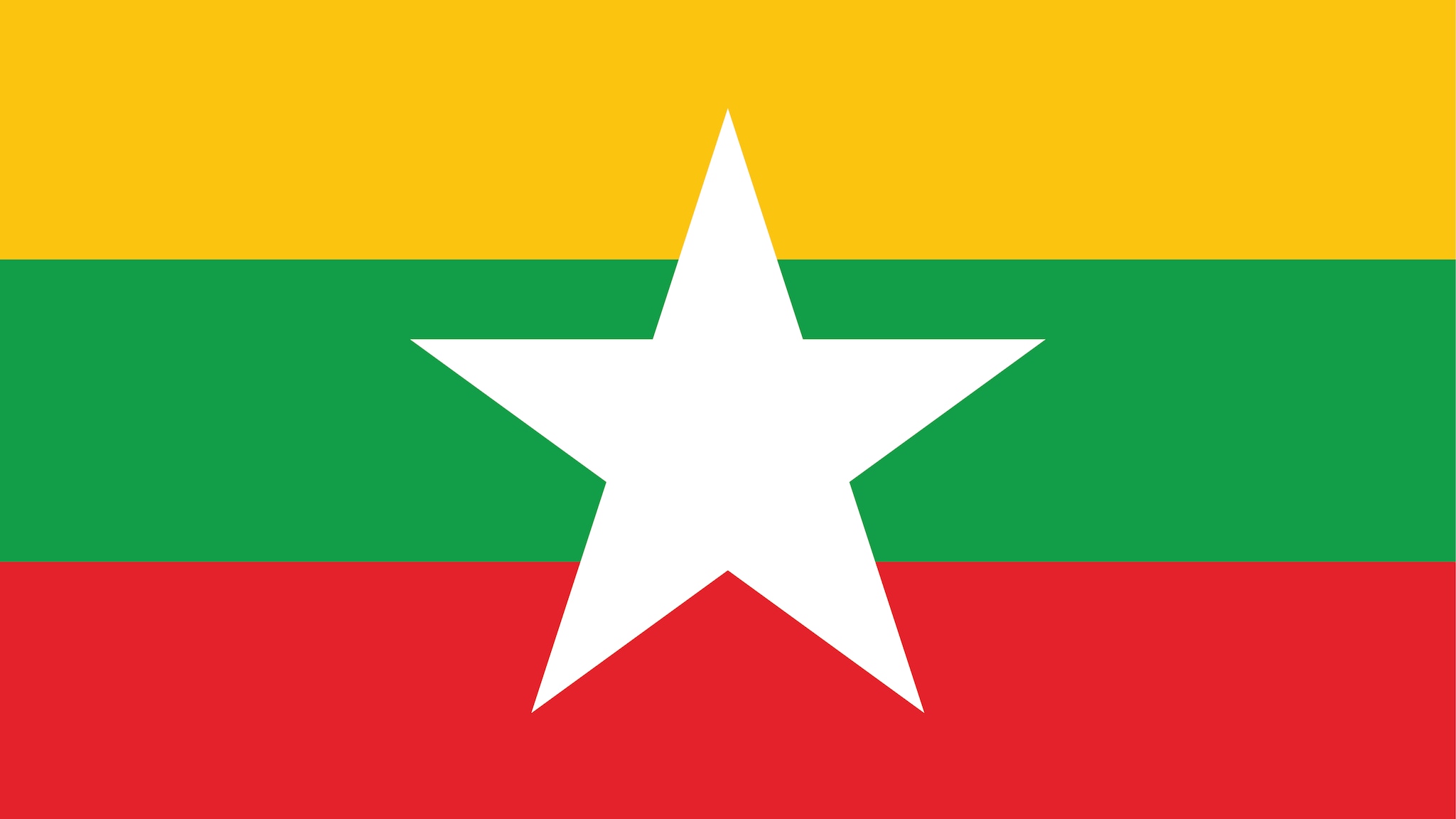At a glance
CDC works with partners in Burma to build sustainable public health capacity, strengthen laboratory systems and surveillance networks, deliver high-quality HIV and TB diagnostic, treatment, and prevention services, and respond swiftly to disease outbreaks at their source, preventing health threats from reaching the U.S.

Strategic focus
The U.S. Centers for Disease Control and Prevention (CDC) formally established an office at the U.S. Embassy in Rangoon, Burma, in January 2015. CDC supports Burma’s goal of reaching the UNAIDS 95-95-95 targets. CDC is a key implementer of the U.S. President’s Emergency Plan for AIDS Relief (PEPFAR) in building a sustainable HIV response. CDC and partners implement evidence-based strategies and operational guidelines for HIV treatment and prevention and strengthen laboratory and surveillance systems. CDC also provides support to address the country’s growing tuberculosis (TB) epidemic.
Read more about CDC's most recent key activities and accomplishments below.
Building public health capacity
- Supported the revision of HIV testing guidelines, incorporating index testing, self-testing, and peer-led community-based screening in previously hard-to-reach populations affected by high HIV prevalence.
- Helped the government update the HIV clinical management and TB/HIV guidelines with optimized treatment regimens and algorithms, and incorporated differentiated service delivery models to meet the needs of populations at greater risk of HIV.
- Strengthened national capacity in strategic information priorities such as HIV estimates, disease surveillance among populations at greater risk of HIV, national reporting system strengthening, use of data for program monitoring, and quality improvement through HIV program reviews at national and sub-national levels.
- Provided expertise to conduct the 2020 and 2023 HIV sentinel surveillance among sentinel groups.
- Partnered with UNAIDS to develop HIV estimates for 2020-2023 at the national and sub-national levels using specific modeling. The disease estimates are used to inform national HIV responses and strategic plans and PEPFAR annual regional operation plans.
- Supported the National AIDS Spending Assessment for 2020-2022 in partnership with UNAIDS to analyze the financial flow on HIV spending in Burma. This assessment aims to inform funding decisions to address the HIV epidemic, future national strategic plans, and guide the development of a sustainability roadmap for the country’s HIV response.
Strengthening laboratory systems and networks
- Strengthened HIV diagnostics, viral load testing, quality management systems, and capacity for the national scale-up of routine HIV viral load testing.
HIV prevention and treatment
- Improved the clinical cascade for HIV testing, treatment, and prevention of people affected by high HIV prevalence.
- Updated pre-exposure prophylaxis (PrEP) national standard operating procedures, training curriculum, job aids, and a national PrEP tracker in 2023 to support PrEP implementation and expansion for all people at greater risk of HIV and in high burden areas.
Tuberculosis prevention and treatment
- Provided technical expertise to build the capacity for sustaining tuberculosis (TB) diagnostic and treatment services following the major disruptions in recent years.
- Ensured high-quality laboratory diagnostic services, designed and implemented the national TB prevalence survey, and planned for a national drug-resistant TB survey.
By the numbers
HIV
Estimated HIV Prevalence (Ages 15-49)
0.9% (2023)
Estimated HIV Deaths (Age≥15)
Reported Number Receiving Antiretroviral Therapy (Age≥15)
TB
Estimated TB Incidence
558/100,000 (2023)
6.6% (2023)
TB Treatment Success Rate
88% (2022)
